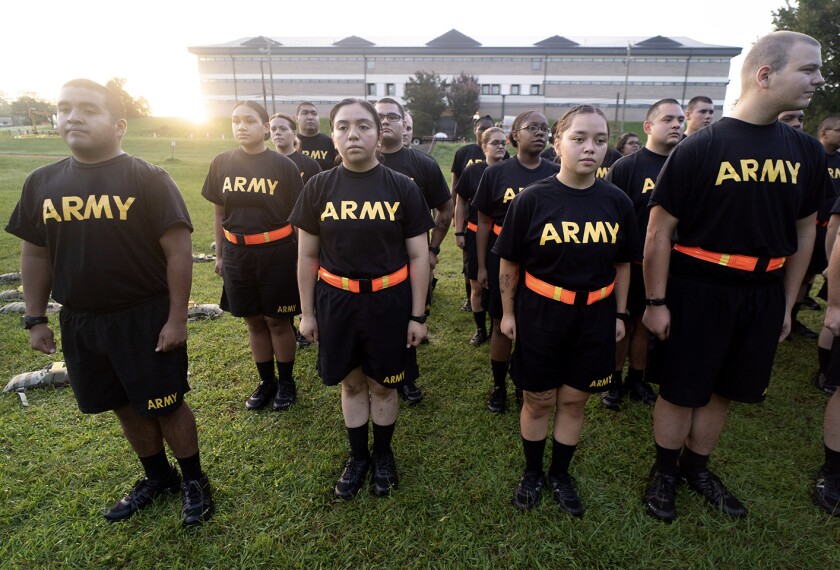Universities need to get into the business of addressing K-16 education concerns.
Of all the frayed relationships public higher education institutions have, none is more critical than that with the K-12 sector. Not only does the K-12 system hire many of our graduates, but it also provides virtually all of our future customers. Yet report after report has bemoaned the lack of coordination between K-12 schools and universities, and the failure of either to consult and communicate with the other regularly and effectively. At a time when both sides face greater federal and state scrutiny and more public pressure for accountability, working together would seem to be more than simply advisable: It just might ensure that we both have a future.
There are substantial barriers to better collaboration between higher education and schools, most notably the bad habits built up over the years. A nonexhaustive list from the university side would include:
- Telemarketing. University administrators and faculty members are notorious for calling on school systems only when a grant or program depends on it—and then often at the very last minute, with little time to build a relationship.
- Promises, promises. Universities are also apt to promise districts the world, if only a federal, state, or foundation grant will come through, even when it is clear that the grant money may pay for only part of what is needed. When the grant does not come through, or does come through without the results promised, trust is lost and the school district disillusioned.
- Short-term relationships. Many university programs for K-12 districts and teachers look more like serial monogamy than a marriage. As funding becomes available or disappears, the university moves on to fresh partners, leaving previous districts in the lurch.
- Not in my back yard. Public universities should be judged on whether or not they are working effectively with the districts adjacent to them. If they are not doing substantial, important work in those districts, it indicates a lack of credibility and commitment to K-12 education and to the community.
- Short-term thinking. If most educators would agree that long-term programs and partnerships are needed to improve education, why are most programs fewer than five years in duration?
- No problems here. Universities need to get out of the business of solving the problems of public schools and into the business of addressing education concerns K-16. Many school districts are light-years ahead of universities, for example, in addressing racial and gender gaps in education. Why are universities so loath to tap that expertise? What is learned in school systems can be applied to the university classroom, and vice versa.
But school districts have not always lived up to their side of the bargain, either. In my years working with schools, I have watched as bureaucratic jealousy and meanness led to cancellation of grant programs. I have witnessed districts’ playing universities off against one another to get the best deal, dropping those that had been partners in the past in favor of more glamorous competitors. Many districts have simply become cynical about university partnerships, after years of broken promises and a lack of real progress toward shared goals.
It is just too tempting for universities or schools to fall into bad habits.
There needs to be a new social contract between public universities and public schools to address these problems. It needs to be negotiated by professors, teachers, administrators, provosts, presidents, superintendents, and students, and it needs to be honored by all those groups. I would argue that this new social contract would include:
- Long-term (10 years-plus) commitment of universities to high-need school districts. These agreements would be an institutional commitment on the part of both groups to improve the performance of both organizations. This commitment would be designed to outlive any particular superintendent or college president, and would continue whether or not outside funding was available.
- Collaborative planning. Districts and universities need to spend time getting to know one another and learning how they can help one another. Schools need to be involved in all aspects of program planning, such as which grants to apply for, what opportunities to pursue, and how to better prepare graduates who go into teaching.
- Commitment to the local community. Both universities and schools need to demonstrate to the local, state, and national communities that they are committed to the public good. This means that public universities need to take a visible and positive role in the schools their students have attended, the schools in their geographic areas, and the schools where their graduates will teach.
- Stop doing the wrong things. It is just too tempting for universities or schools to fall into the bad habits enumerated above. Just this last grant. Just this one phone call. Next time we’ll do it right. No. Universities and schools must make a conscious decision to stop operating in the self-defeating patterns of the past.
Public universities and K-12 schools face difficult times for funding. Both are dependent on state revenues and allocations that have been cut deeply in many regions of the country. If either group intends to change this situation, greater and more meaningful K-16 partnership is essential. If public universities and public schools can demonstrate that they are working together for the betterment of the state’s economy, its civic life, and unmet educational needs, both can make a more convincing case to legislatures and governors that they are worthy of continued investment.
Russell Olwell is an assistant professor of history at Eastern Michigan University, in Ypsilanti, Mich.




